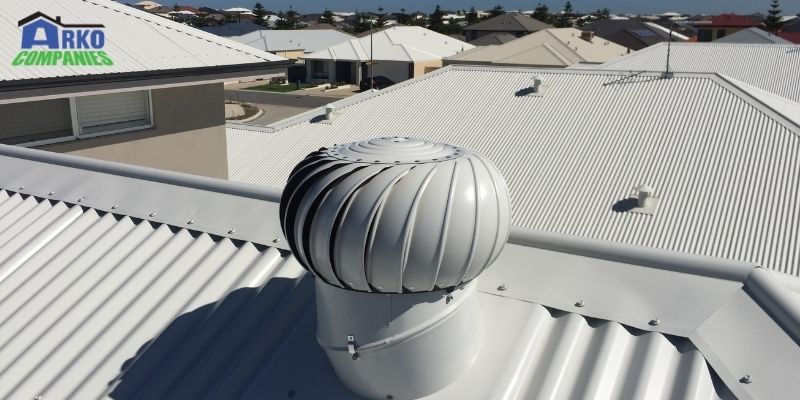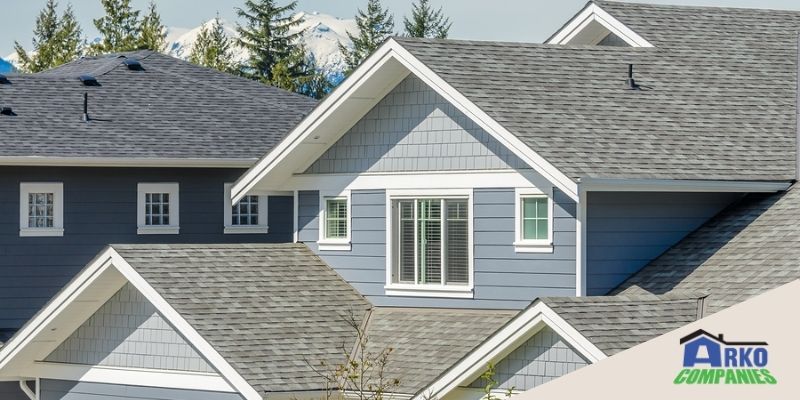Homeowners are very selective when it comes to installing a roofing system for their house. Roofs are, after all, the most integral part of a house. They are designed in such a way to provide protection to the house and keep the family members inside safe from harsh climatic conditions and changes.
How much do you know about the basics of a roof?
One of the components of a roof is its decking, aka sheathing. It’s made by making use of 1⁄2-inch plywood. The function of decking is to close and reinforce the roofing structure. It helps in providing a nail bed for the shingles.
Have you heard of the roof saddle? You can find it behind the higher side of a chimney (or similar projections from the roof). It is helpful in diverting rainwater around it so that the water does not get blocked and seep into the roof underlayment area.
What are some other terms to know? Ridges refer to the horizontal lines that you can visibly see at the top of a roof. Valleys are the “V-cut” angles along the junction of two slopes of a roof.
Underlay membrane is the protective coating that is made up of felt saturated with asphalt or synthetic fabric. It helps in protecting the shingles against resin released by the wood decking. Moreover, it helps in protecting the decking itself against bad weather. Eaves membrane is basically a protective membrane that is used under some or all of the asphalt shingles. It is used to prevent water infiltration caused by “ice dams” in winter.
Drip edge is generally a type of moulding that coats the edge of the roof in order to reduce the risk of water infiltration. It is one of the most important components that prevents water leakage.

Roof vents refer to the enclosed structures that are generally made up of metal or plastic feature openings and fins. The roof vents’ function is to ensure whether the attic space is properly ventilated. If you want the roof vents to be effective, make sure that they have four open sides and rise above the roof. This allows roof vents to capture the wind from all directions to produce a suction effect. If you want to achieve full ventilation of the attic, just ensure that the air inlet is placed at the base of the roof.

How about ventilation? It’s important to ensure that the roof system remains strong and durable for a long span of time. If ventilation is poor, air will get trapped inside the roof. This in turn increases the moisture buildup in the attic area. If the problem is neglected, it can cause rafters and sheathing to rot, shingles to buckle, and insulation to lose its effectiveness. To keep the roofing system-protected, the attic must have a protective layer of insulation on the attic floor. This will ensure that the house is protected from heat gain or loss. Besides a protective layer, the attic should have a vapor retarder under the insulation and next to the ceiling. It will help in stopping moisture from rising into the attic. The vented area in the attic must have enough open space to let air pass in and out freely. There should be a gap of at least one inch between the insulation and roof sheathing.
Summary:
If all of this sounds like a foreign language to you, you’re not alone. Most people don’t know too many basics about roofing– they just know it’s there and it protects them from the weather. That said, professional roofing contractors know all about the specifics of roofing systems. That’s why you pay them to deal with your roof, from making repairs to total roof replacement.

